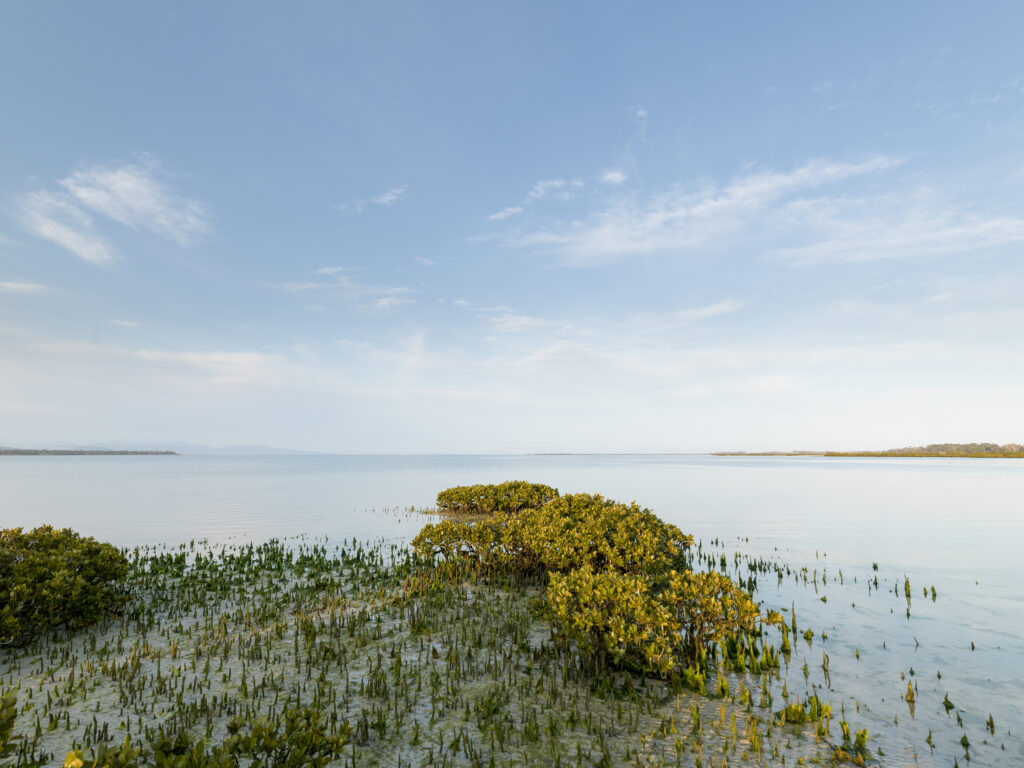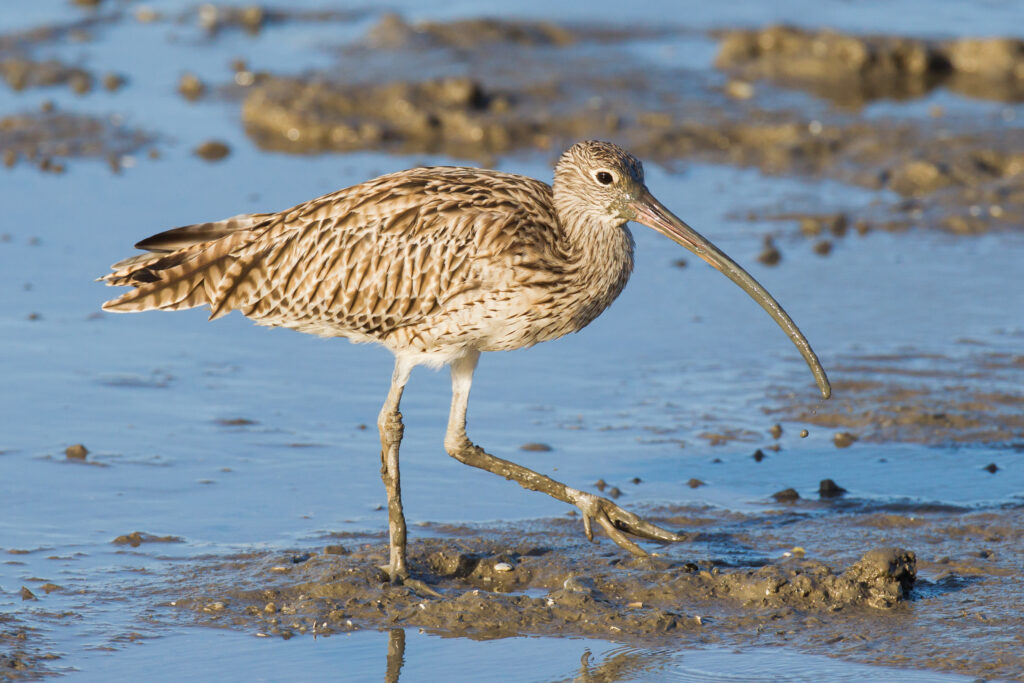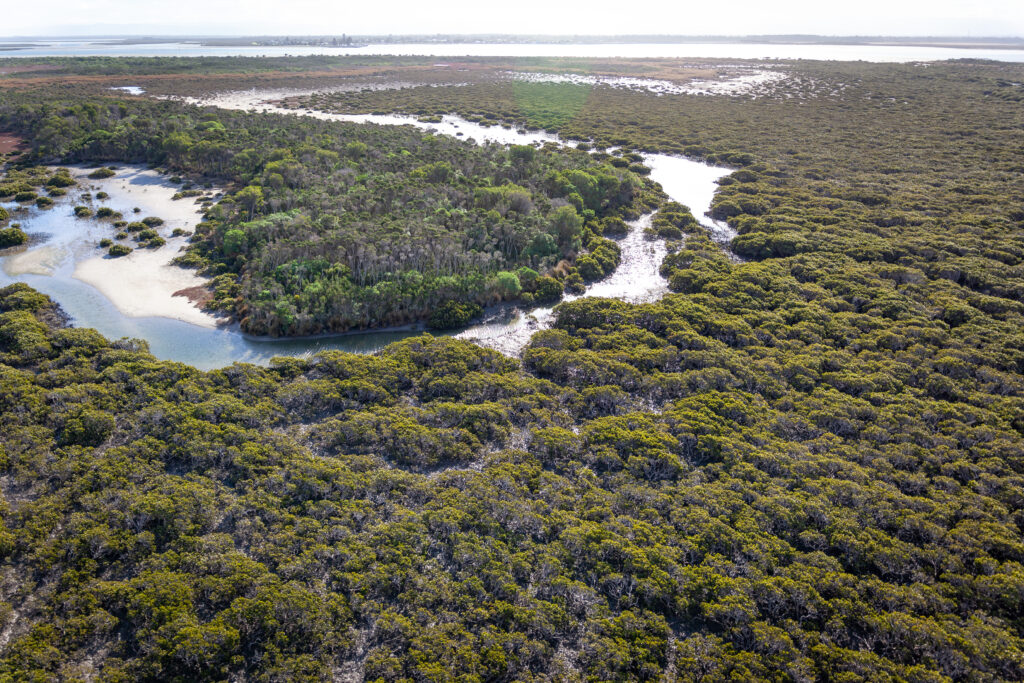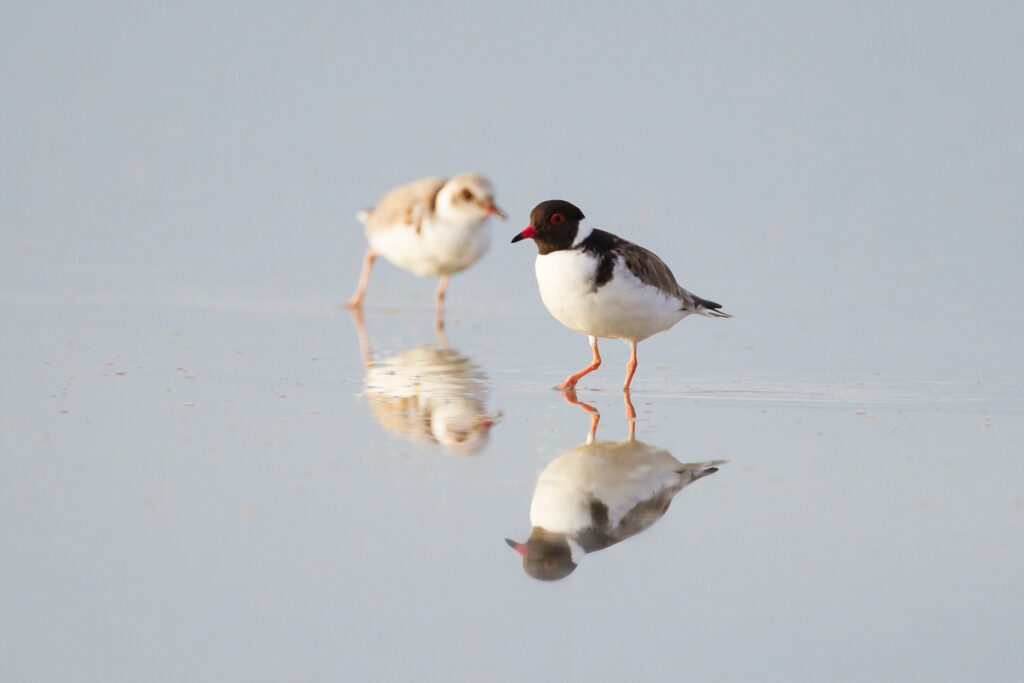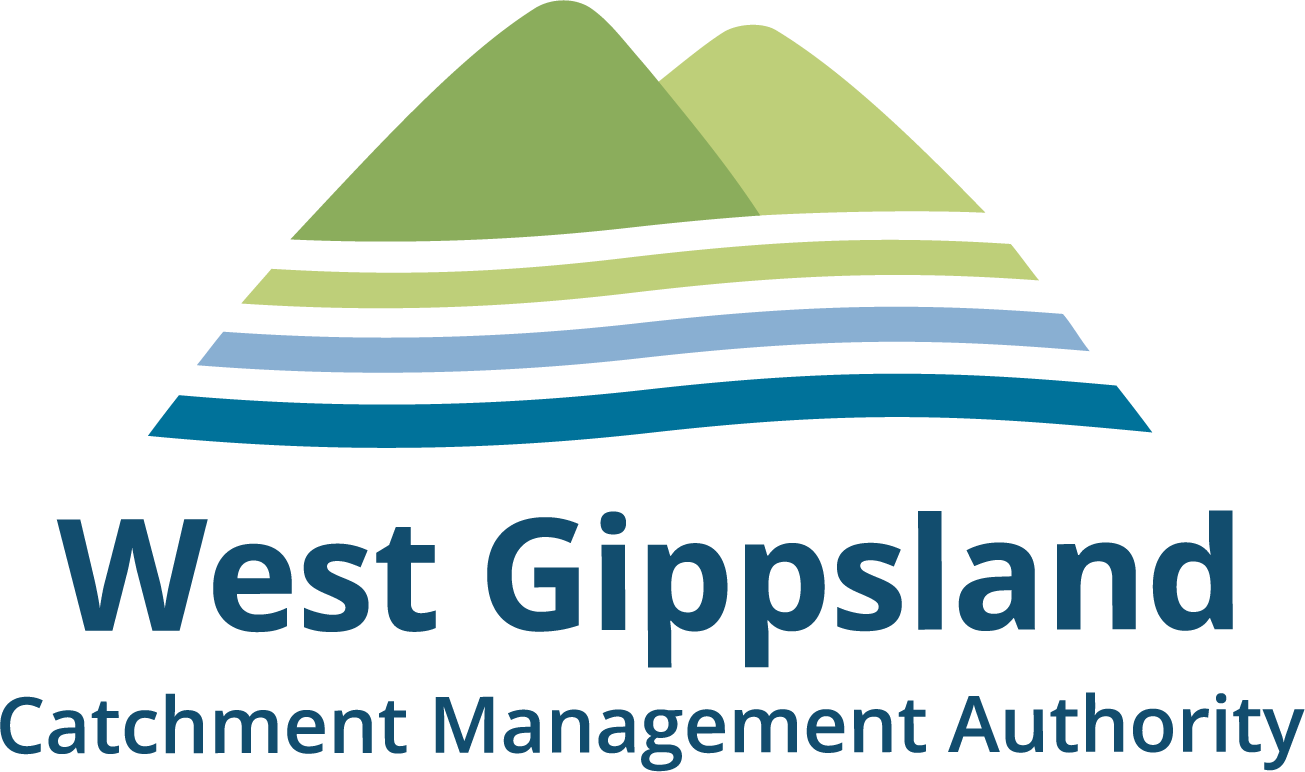Celebrating Corner Inlet on World Wetlands Day
This World Wetlands Day, held on Sunday 2 February, West Gippsland Catchment Management Authority, (the CMA) is proud to celebrate the ongoing commitment to protecting world renowned Corner Inlet Ramsar wetland through its Corner Inlet Connections project.
Wetlands are among the world’s most productive environments and countless species of plants and animals depend on them for survival. This year’s theme is ‘wetlands for our common future – value, protect and inspire’.
“Every day is wetlands day in West Gippsland which is home to over 1,500 wetlands including 11 that are listed as nationally important under the Directory of Important Wetlands Australia,” said CEO of West Gippsland CMA Martin Fuller.
As well as having cultural significance, wetlands act as the ‘kidneys of the catchment’ – protecting the environment by capturing and filtering water and acting as a natural sponge to absorb, store and reduce flood levels. They provide essential habitat for wading and migratory birds, threatened species and it is a key function of the CMA to restore and protect wetlands across the region.
Corner Inlet Ramsar wetland is a recognised haven for migratory and resident shorebirds and made up of extensive seagrass meadows, and unique intertidal mudflats and forests of white mangrove (Avicennia marina) – the world’s most southerly distribution of this species.
The project aims to reduce key threats and protect and enhance the values of Corner Inlet wetland that is protected under the Convention on Wetlands declared in Ramsar, Iran in 1971.
Through this project, the CMA will work with Traditional Owners, partners, landholders and community to:
- Protect mudflat and saltmarsh communities through controlling the high treat weed Spartina
- Protect and enhance saltmarsh communities through stock exclusion fencing, weed control and weed monitoring
- Manage threats to shorebirds, like the Hooded Plover, through controlling pests.
In the first year of the five-year project, the CMA partnered with Parks Victoria, GLaWAC, Trust for Nature and BirdLife Australia to achieve positive results including treating spartina, controlling foxes to protect shorebirds, improving water quality, and safeguarding 136 hectares of saltmarsh including a 25 hectare Trust for Nature covenant protecting the area forever.
In total, weed control covered over the entire site of 67,000 hectares with 530 hectares of pest animal control and water monitoring will help measure results of the efforts across the broader catchment.
BirdLife Australia teams undertook seasonal shorebird counts and monitored the breeding success and health of key species of beach nesting birds such as Hooded Plovers, Pied Oystercatchers and Crested Caspian and Fairy terns.
“We are proud to be continuing the decades of work in Corner Inlet through understanding the threats we need to address to protect this significant wetland for our common future,” concluded Mr Fuller.
This project is funded by the Australian Government Natural Heritage Trust and delivered by West Gippsland CMA, a member of the Commonwealth Regional Delivery Partners panel.
West Gippsland CMA is responsible for over 40,000 kilometres of designated waterways across the region and delivers programs for healthy and resilient catchments. All these waterways flow to the Victorian coast, discharging through the Gippsland Lakes, or directly into Bass Strait and the Southern Ocean.
